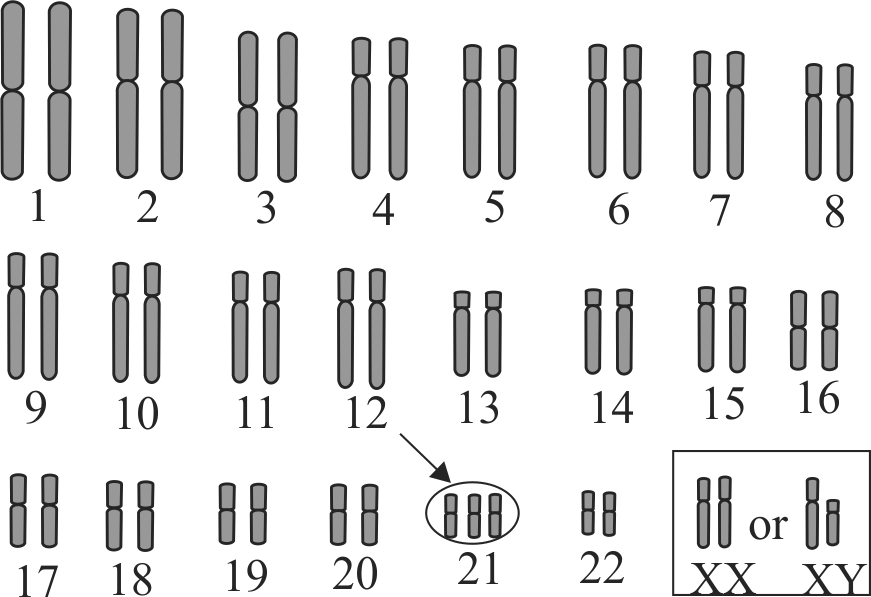342059 Three copies of chromosome 21 in a child with Down's syndrome have been analysed using molecular biology technology to detect any possible DNA polymorphism with reference to different alleles located on chromosome 21. Results showed that out of 3 copies 2 of the chromosomes of the child contain the same alleles as one of the mother's alleles. Based on this when did the non-disjunction event most likely occur?
342059 Three copies of chromosome 21 in a child with Down's syndrome have been analysed using molecular biology technology to detect any possible DNA polymorphism with reference to different alleles located on chromosome 21. Results showed that out of 3 copies 2 of the chromosomes of the child contain the same alleles as one of the mother's alleles. Based on this when did the non-disjunction event most likely occur?
342059 Three copies of chromosome 21 in a child with Down's syndrome have been analysed using molecular biology technology to detect any possible DNA polymorphism with reference to different alleles located on chromosome 21. Results showed that out of 3 copies 2 of the chromosomes of the child contain the same alleles as one of the mother's alleles. Based on this when did the non-disjunction event most likely occur?
342059 Three copies of chromosome 21 in a child with Down's syndrome have been analysed using molecular biology technology to detect any possible DNA polymorphism with reference to different alleles located on chromosome 21. Results showed that out of 3 copies 2 of the chromosomes of the child contain the same alleles as one of the mother's alleles. Based on this when did the non-disjunction event most likely occur?

